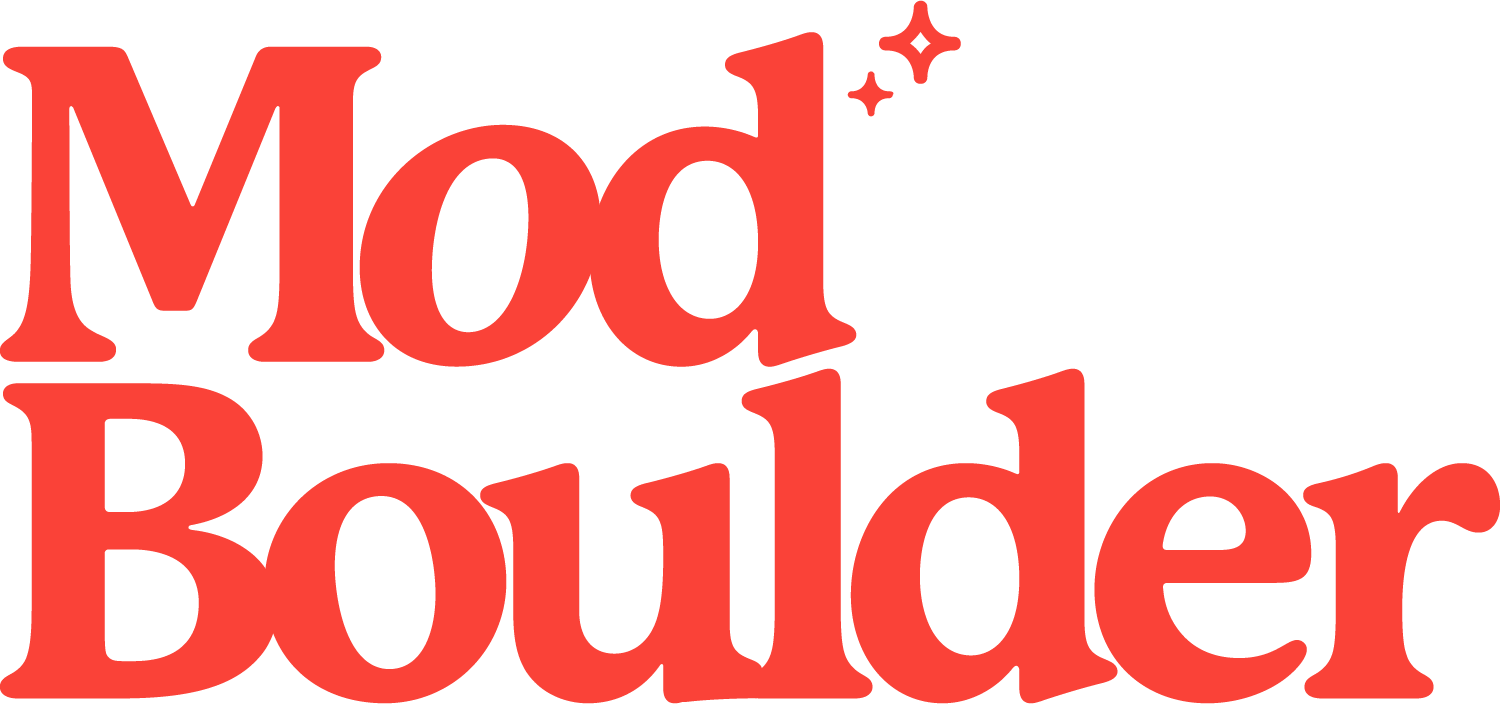Low Inventory and Rising Interest Rates: A Tipping Point for Home Prices
The real estate market is a dynamic and ever-changing environment, influenced by various factors that impact both buyers and sellers. In recent times, two significant factors have been driving conversations: Boulder’s persistently low inventory levels and the rise in interest rates. While low inventory has been an issue for some time now, the increase in interest rates is creating a tipping point that’s affecting Boulder’s home prices. However, it’s essential to note that this shift in the market is not solely due to buyers' affordability concerns but also influenced by a psychological perception that prices have reached a peak.
Low inventory levels have plagued Boulder’s real estate market for years. A combination of factors, including minimal new construction, hesitant sellers, and increasing demand, has resulted in a limited number of available homes. This lack of inventory has created a highly competitive landscape, with multiple buyers vying for the same properties. Consequently, this intense competition has historically pushed prices higher, as buyers are willing to pay a premium to get what they want.
Adding to the complexity of the current market conditions, interest rates have started to rise after a prolonged period of historically low rates. The Federal Reserve has responded to improving economic indicators by gradually increasing interest rates to keep inflation in check. While this move is aimed at maintaining economic stability, it has clear implications for the real estate market.
When interest rates rise, the cost of borrowing for homebuyers increases. As a result, the purchasing power of potential buyers diminishes, as they can afford less expensive homes with higher interest rates. This affordability issue has a dampening effect on demand, reducing the pool of qualified buyers in the market.
Beyond the affordability concerns around rising interest rates, there’s also a psychological component at play. Buyers, even those who can still afford homes, may perceive that prices have reached a peak and are unlikely to increase significantly in the near term. This perception stems from the recent rapid appreciation in home values and a general market sentiment that prices have become overinflated.
Psychological barriers can significantly influence buyer behavior. When buyers perceive that prices have topped out, they may become hesitant to enter the market or choose to wait for prices to stabilize or even decline. This hesitancy further contributes to a decrease in demand and can ultimately impact the overall dynamics of the market.
The combination of low inventory levels and rising interest rates has created a tipping point for home prices. The limited supply has intensified competition among buyers, driving prices higher. However, with the increase in interest rates, the pool of qualified buyers has shrunk, leading to a decrease in demand. Simultaneously, the psychological perception that prices have peaked adds to the hesitancy among potential buyers.
These factors collectively contribute to a potential market correction, where home prices could stabilize or experience a slight decline. As the market evolves, it will be crucial to monitor how these factors continue to shape the real estate landscape and whether a new equilibrium emerges in the coming months. Stay tuned, buyers and sellers. Things are about to get interesting.

